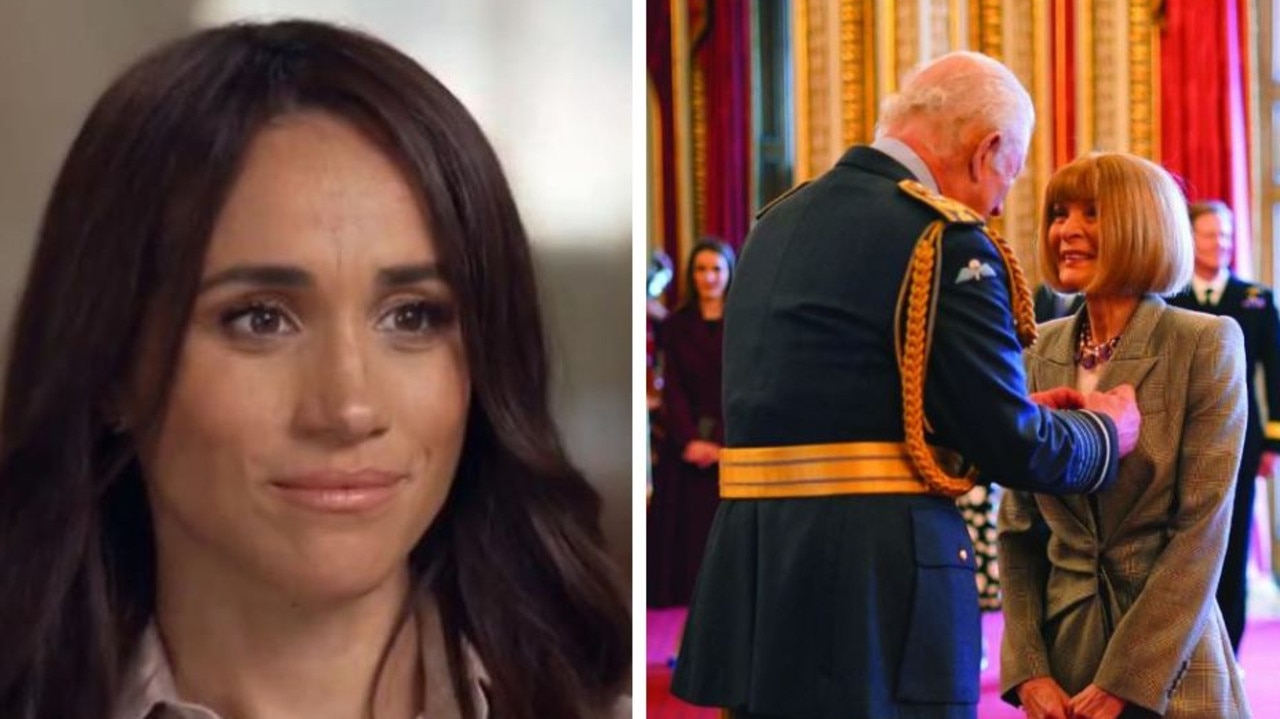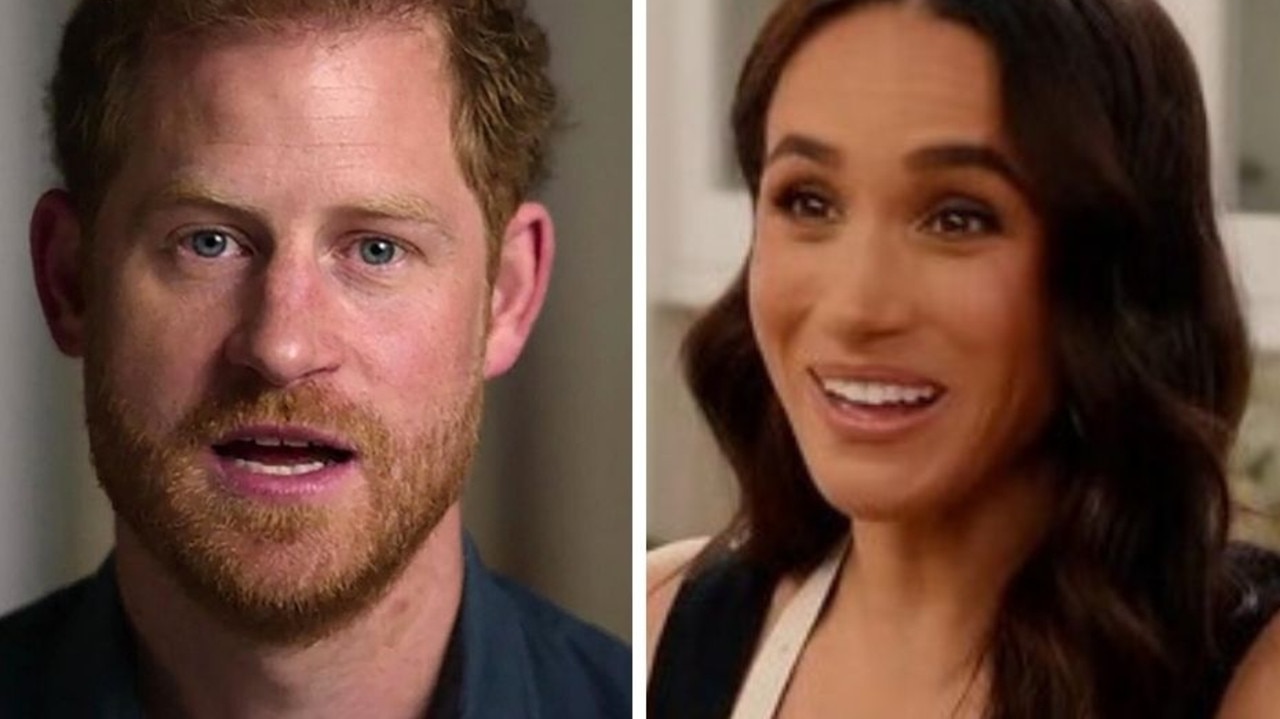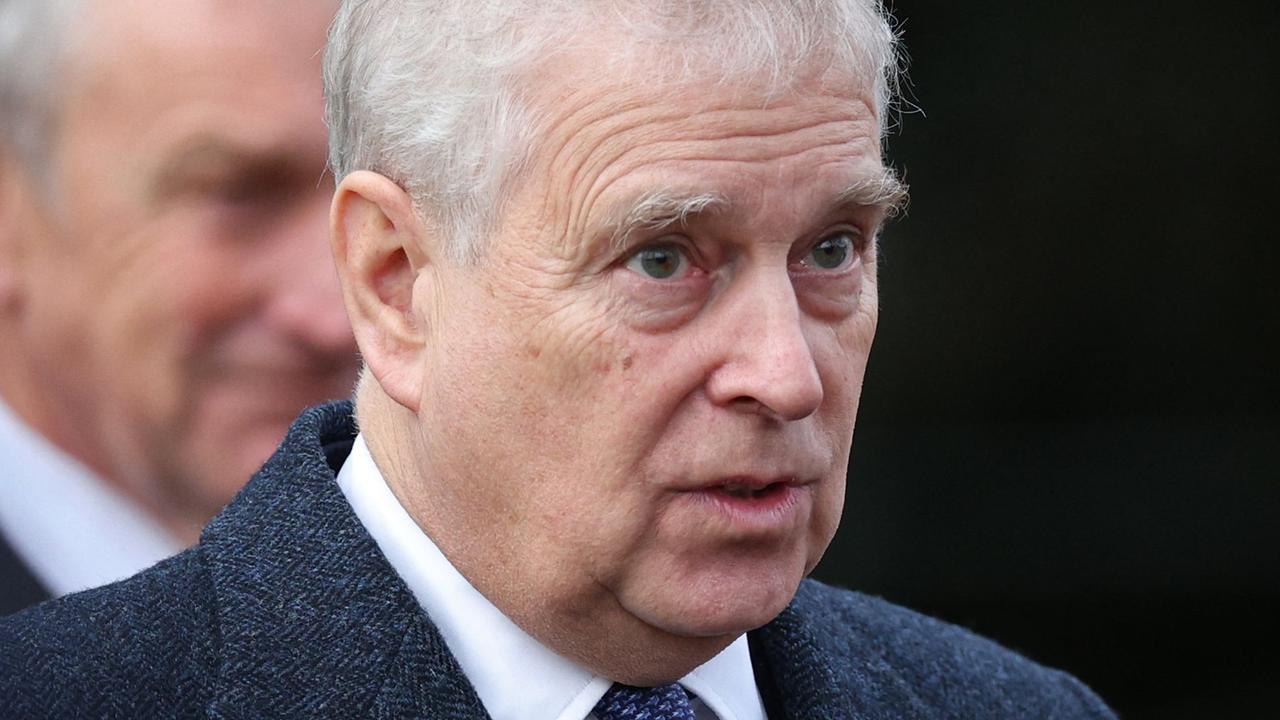Queen spotted walking unaided in major milestone
After nearly a year of health problems, Her Majesty has travelled to Edinburgh but there is much more to this trip than tradition.
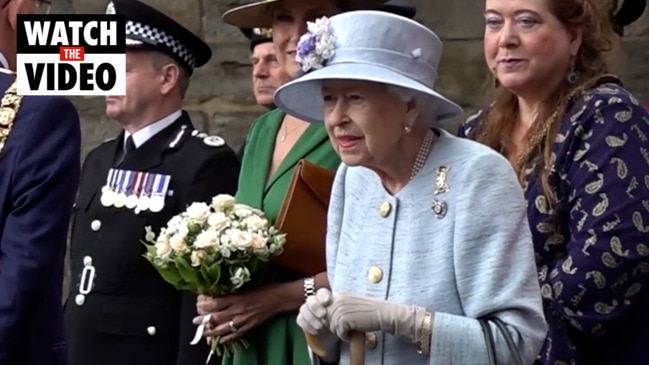
What do the Queen, the pneumatic Katie Price and disgraced former British Minister Matt Hancock have in common today? (Truly not a trick question.)
They have all been caught by photographers unawares and all have ended up splashed across the front page of The Sun.
While Price was in the headlines after being reported to the police only a week after she avoided jail for breaching a restraining order and Hancock has been filmed dancing with students in Oxford (shudder), what was Her Majesty doing that was so newsworthy?
She walked.
Or, more accurately, she was secretly filmed making her way under her own steam, and at quite an impressive clip too, without a single hovering footman or aide to help her.
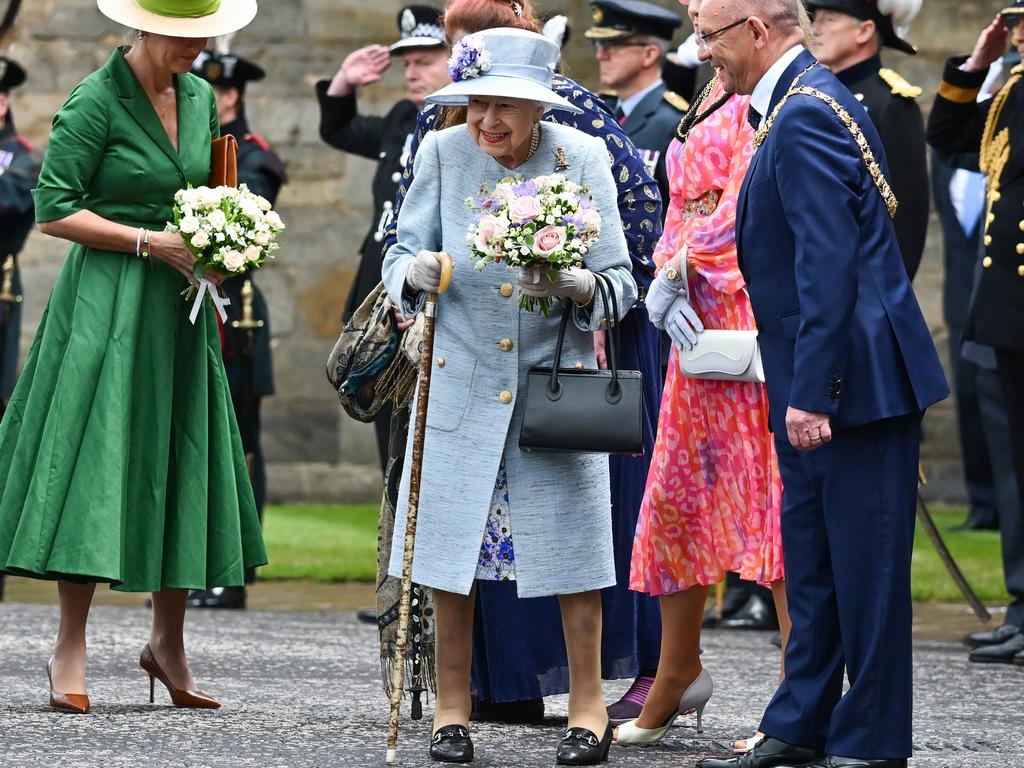
Specifically, the 96-year-old monarch was doing her front-page-worthy walking on her way to the Royal Train which then tootled north to Edinburgh for her to take part in Scottish Royal Week.
Tuesday morning, Australians woke to new images of Her Majesty looking as chuffed as if her favourite gelding had just won the Gold Cup while she took part in the official Ceremony of the Keys.
Normally around this time in the year, the Queen heads to her official Scottish residence, the Palace of Holyroodhouse to do a spot of Scot-charming - however normal and the royal family have long since parted ways.
While Buckingam Palace had been making noises last week saying that she was hoping to make the trip, given that courtiers have spent the better part of the last year making last minute apologies when the Queen bows out of some event, a no-show on Her Majesty’s part this year would not have a raised a single eyebrow.
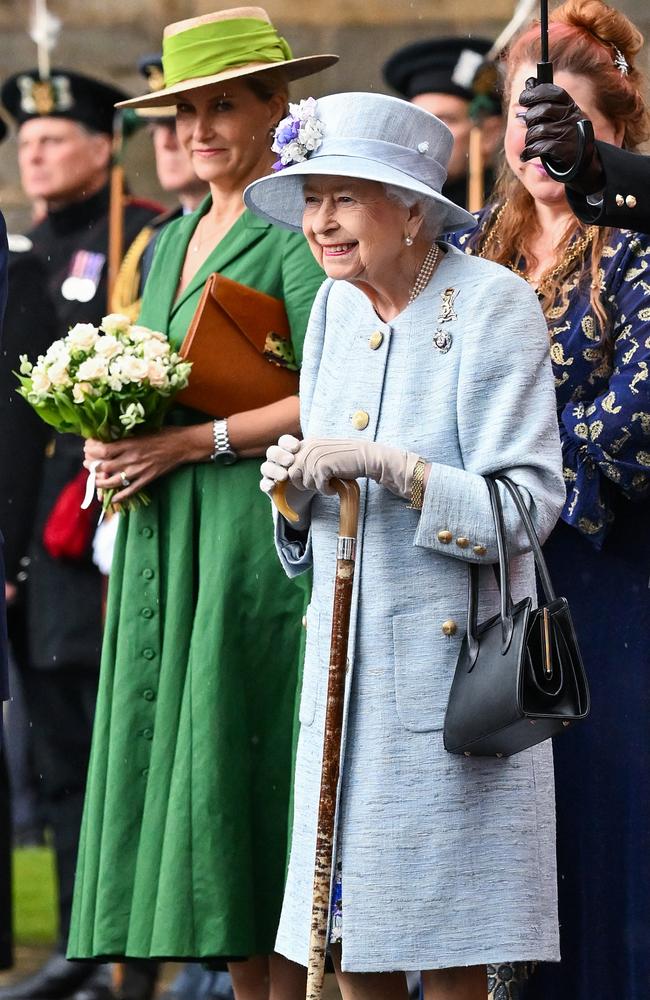
And yet, a la Mark Twain, reports of the sovereign’s demise are greatly exaggerated, at least today.
So how to explain the sovereign’s Lazarean-like return to the spotlight so soon after Her Majesty only managed a combined 27 minutes in public thoroughly all four days of Platinum Jubilee celebrations?
The answer just might have everything to do with a woman who knows her way around a sensible orthopaedic pump – First Minister Nicola Sturgeon.
Sturgeon has staunchly campaigned for Scotland’s independence and on Tuesday, UK time, will announce plans for a second referendum to be held potentially in October.
And guess who will be obliged to have an audience with the Queen while she is in residence at Holyroodhouse? Step forward First Minister Sturgeon.
Coincidences are really not one of those things that the Palace goes in for, like gluten-free scones or public apologies.
While the official royal line has been that One does not have an opinion on whether Scots should split from the rest of Great Britain, obviously Her Majesty does have a dog (or should that be a corgi?) in this fight.
The official union of England and Scotland dates back to 1603 and James I and having to preside over the disintegration of this political marriage would add quite the bum note to the end of Elizabeth II’s reign.
However, before everyone starts sniffling quietly into their hankies and mournfully humming God Save the Queen, the woman in question (at least as of today) has just reminded us how shrewdly she is wont to use her soft power.
While the Queen is obliged to stay apolitical, that does not mean she has never involved herself during delicate moments.
For example, during the 2014 Scottish independence referendum Her Majesty just happened to tell a waiting member of the crowd outside her local Balmoral church on the subject of the upcoming vote, “Well, I hope people will think very carefully about the future.”
Last year the former Financial Times editor Lionel Barber’s diaries were published in which he claimed that the three days before Her Majesty rolled out that line, Prince Andrew had revealed during a lunch at Buckingham Palace that his mother was planning to weigh in on the Scottish situation.
“They had clearly planned it. It was very artfully done,” Barber wrote.
Then there was the instance in 2019 when the Queen addressed that most famous of political bodies, the Sandringham Women’s Institute, urged Brits “to seek out the common ground” and to “never [lose] sight of the bigger picture” in what was widely read as an allusion to the high strung Brexit negotiations.
One of the most extraordinary examples of the Queen’s knack for using her soft power came in Ghana, 1961. The cold war was hotting up (boom tish) and the African nation, having gained its independence from the UK in 1957, looked worryingly like they might fall under the spell of Russia and President Nikita Kruschev.
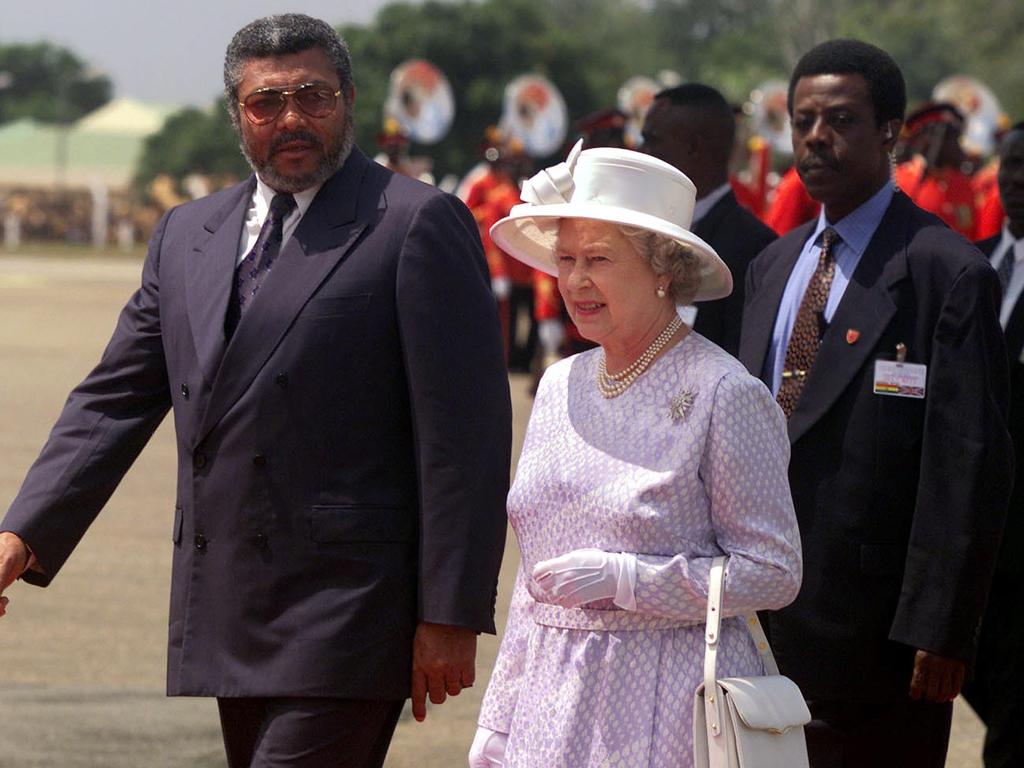
In November of that year, Her Majesty and the Robin to her Batman, Prince Philip, had been due to visit Ghana for an official trip, right around when sectarian violence was kicking off. Days before she was meant to arrive, two bombs exploded in Accra, the capital.
Understanding what was on the line, the Queen gamely went ahead with the visit, saying “I am not a film star. I am the Head of the Commonwealth – and I am paid to face any risks that may be involved.”
What is interesting here is that she understood what was at stake: Not only the threat of Ghana’s potential slide towards Communism but that this visit would set the benchmark for the relationship between Britain and the host of former colonies seeking independence at the time.
Photos of her doing the foxtrot with Ghanaian president Kwame Nkrumah reverberated around the world sending an incredibly powerful message of equality. (It would be another four years until the Voting Rights Act came into effect in the United States that black men and women had equal access to the vote.)
Bottom line: Ghana resisted the Soviets and remained in the Commonwealth.
The thing that often gets overlooked when it comes to Her Majesty is that she is much more than some ceremonial figure who knows her way around a sceptre.
In her seven decades she has had approximately 3640 audiences with 14 British Prime Ministers, hosted upwards 100 world leaders and visited more than 100 countries.
Another great example was Commonwealth Heads of Government meeting in 1991 in Harare where one of the key topics up for discussion was apartheid and South African sanctions.
The then 65-year-old Queen was doing her usual dinner hosting bit when, who should turn up, but Nelson Mandela who was not on the guest list as he was not a head of state.
Astute as always, Her Majesty understood the gravity and symbolism of how she reacted.
“The Queen immediately seeing this said ‘lay an extra place, I mean let’s not muck around with this’ and Mandela joined the dinner,” recalled Lord Robin Janvrin, the then the Queen’s former private secretary earlier this year during a BBC interview.
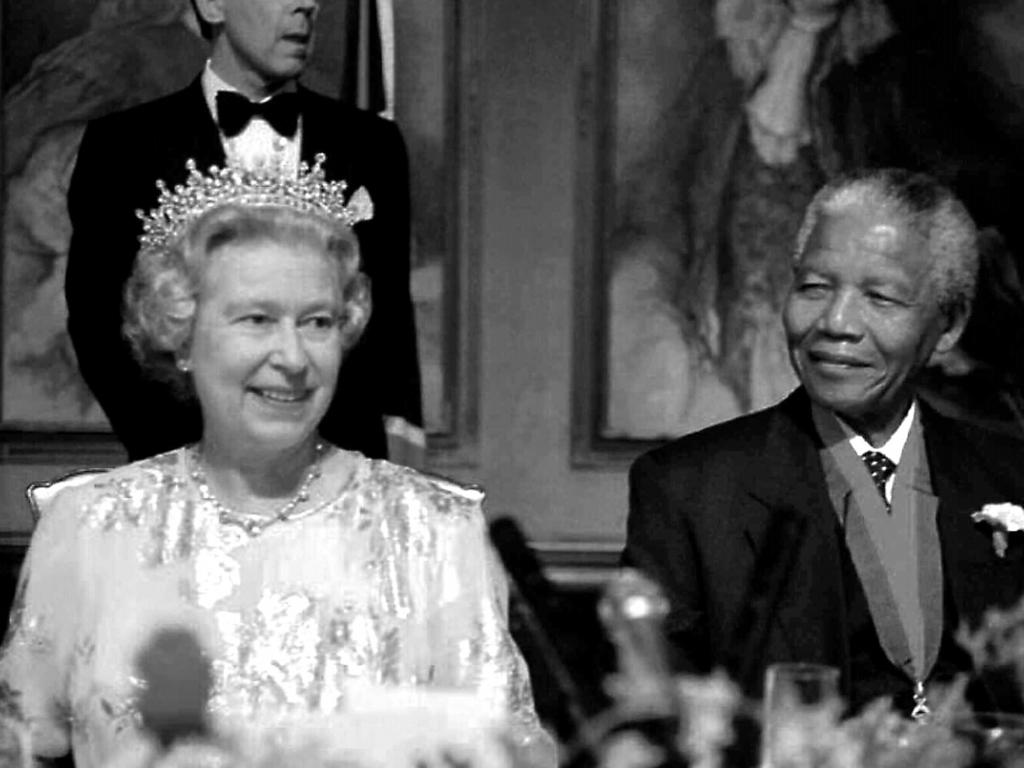
Or there are the events of 2011 when she and Philip travelled to the Republic of Ireland for the first State Visit in a century. (The massive security operation that was required cost $46 million.)
When the Queen kicked off the tour by starting her speech in Gaelic, there was a “gasp” from the audience assembled at Dublin Castle, then Prime Minister David Cameron later revealed.
“It was a brilliant moment,” he has said.
And that’s the thing about Her Majesty: She is not only good at the charm offensive part of ruling but she is a very canny operator who has learned how to win friends in the international community and influence people.
Which is to say, in travelling to Scotland this week, this isn’t Her Majesty’s first diplomatically delicate rodeo nor her first intervention.
What is so cheering to see is that even at her very advanced age, despite suffering from “episodic mobility problems” and having no shortage of headache-inducing, scandal-prone family members to suck up her time and energy, she is still a dab hand at statecraft.
More Coverage
(Scottish nationalists might not agree on that last point …)
Quite how much Scots might see of their Queen this week is still a big unknown but the very fact that the Royal Standard is flying over Holyroodhouse right now proves, when it comes to politics, don’t beat against Betty.
Daniela Elser is a royal expert and a writer with more than 15 years’ experience working with a number of Australia’s leading media titles




